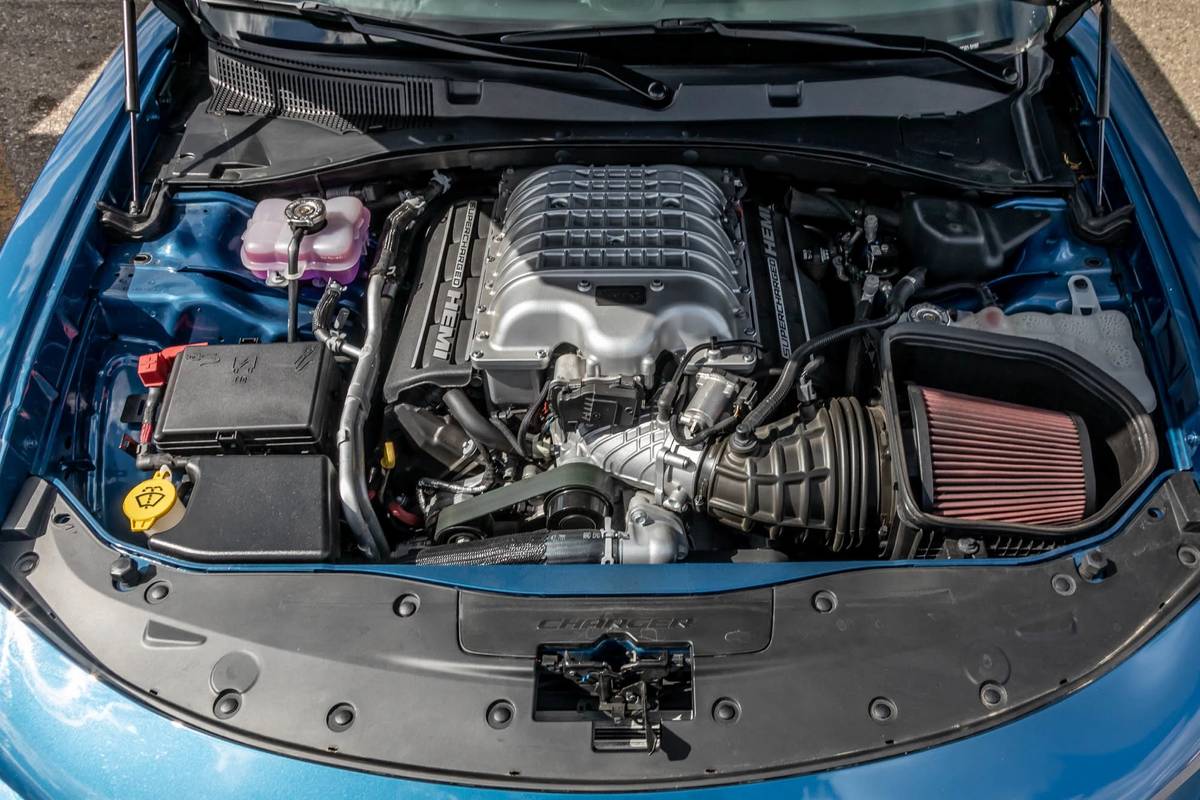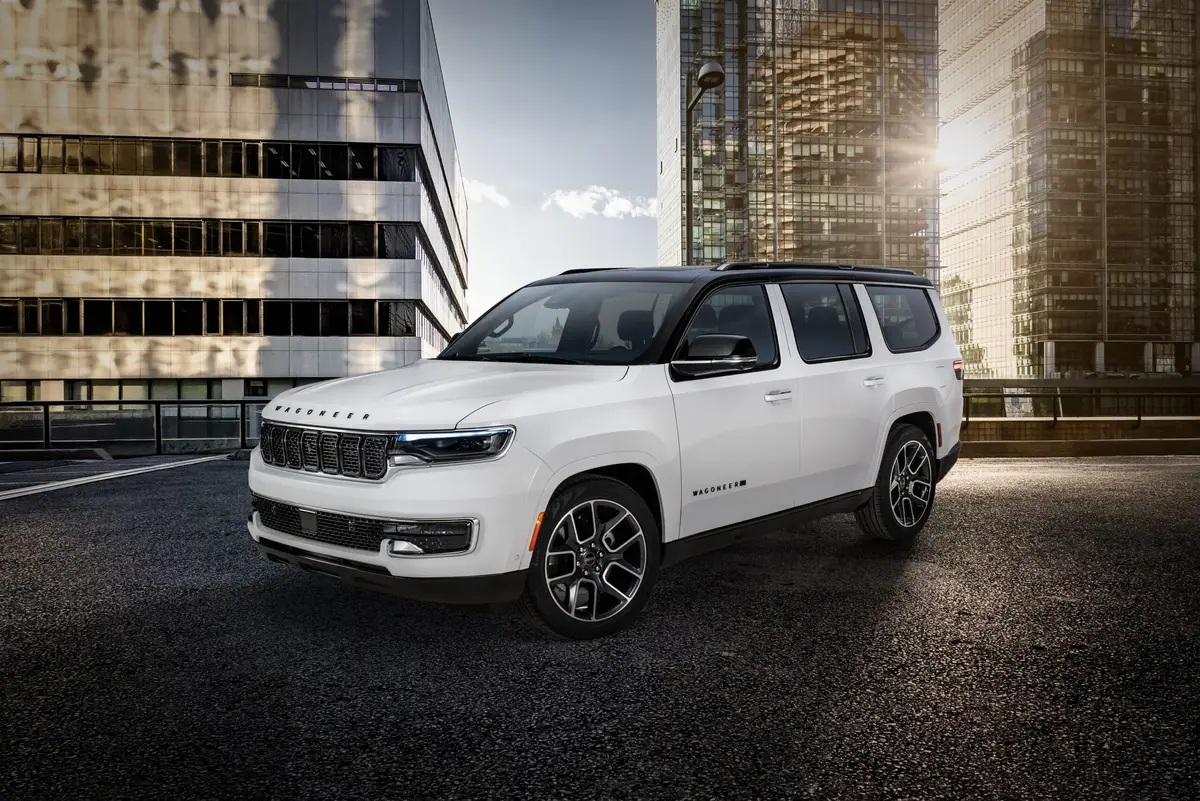Star-Telegram.com's view
With gasoline prices above $3 a gallon, the 2009 Pontiac G8 sport sedan might be regarded by some as the wrong car at the wrong time.
TV ads for this new large, rear-wheel-drive sedan hammer the point that it’s the “most powerful car under $30,000,” thanks to the starting price of $29,995 for the G8’s GT model. It has a 361-horsepower V-8 engine that can propel it from zero to 60 mph in just 5.3 seconds.
In what’s probably a concession to the realities of today’s market, though, there also is a V-6 version of the G8, with a starting price of $27,595. Both prices include freight.
Built in Australia by General Motors Corp.’s Holden subsidiary, the G8 will replace the Grand Prix and the previously discontinued Bonneville in the Pontiac lineup, and gives the brand its first rear-drive sedan in years.
GM used the much-more-expensive BMW 5-series sedan as the benchmark for the G8, although the company’s marketing executives acknowledge that there won’t be much cross-shopping between the two.
Even though the G8’s performance (with the V-8 engine) exceeds that of all 5-series models except for the high-performance and high-priced M5 model, people who buy BMWs usually aren’t considering an American car brand as an option.
What the favorable comparisons with the 5-series will do, though, is make G8 buyers feel a lot better about their purchases, GM believes. And of course, just having the ability to outperform a car that costs $17,480-$29,275 more (not even including the M5), can be a real kick in the pants.
A fully loaded GT model with the V-8 engine and all available options has a sticker price of just $32,700, compared with $82,705 for a fully-optioned V-8 powered top-of-the-line BMW 550i sedan.
Coming later this year will be the GXP, the highest-performance version. No price has been announced yet for this model.
While V-6 versions of the G8 come with a 256-horsepower engine, the base BMW 528i sedan’s inline six-cylinder produces just 230 horsepower. The 550i’s V-8 has 360 horsepower, nearly the same as that of the G8’s V-8.
The real comparisons of the G8, though, should be made against its most-likely competitors, which GM says include the Dodge Charger, Nissan Maxima and Infiniti G35.
Among those, the Maxima and G35 – with horsepower over 300 – outperform the G8’s V-6. But neither is offered with a V-8.
And the Charger’s 5.7-liter Hemi V-8 comes up short against the G8’s V-8 engine, with 335 horsepower.
Prices are similar to these expected competitors.
Other cars that also might be considered competitors to the G8 include the Toyota Avalon, Chrysler 300, Hyundai Azera, Honda Accord, Acura TL, Volkswagen Passat, and even GM’s own Chevrolet Impala, Buick LaCrosse and Buick Lucerne.
One plus for the G8 is that it’s much roomier than most of its competitors.
“It’s an amazingly spacious car, front and back,” G8 Marketing Manager Brian Shipman said during a recent media ride-and-drive event for the car in the Atlanta area.
GM also touts the G8’s European styling, which was meant to give the car the same kind of curb appeal found in the European luxury brands.
“The styling was meant to be like that of an Audi or BMW,” Shipman said.
One of the features is the wheels-to-the-corners design that helps maximize interior space, while making the car handle better.
Transmissions available are five- and six-speed automatics, and for enthusiasts, a six-speed manual in the GXP model.
The standard wheels are 18 inches, but 19-inch wheels are available.
GM has put the G8’s battery in the trunk. This saves room in the engine compartment to help increase cabin space, but also takes the battery out of proximity to the hot engine and puts it where it will be much cooler. That helps extend the life of the battery, GM said. There are jump-start connections under the hood, however.
Overall length of the GT is 196.1 inches, which is 2.2 inches shorter than the 2008 Grand Prix. The trunk has 17.5 cubic feet of space, compared with 16 for the Grand Prix. The G8 has a 114.8-inch wheelbase, with a front track width of 62.7 inches and a rear width of 63.3 inches.
The suspension system includes MacPherson struts in the front, and a four-link, coil-over-shock design in the rear.
Inside are jewel-like instruments, satin and chrome trim, and grained textures throughout the cabin. Included in the instrument-panel detail are white lighting for the primary instruments and Pontiac’s signature red lighting for the rest of the gauges, Pontiac said.
The front bucket seats include bolstering to help keep the occupants in place during hard turns, but Pontiac said all seats are designed to be comfortable during long drives. The car will seat up to five people.
V-6 and V-8 models come with cloth upholstery, tilt-and-telescopic steering column, front seat-mounted side air bags, front and rear side-curtain air bags, steering-wheel audio controls, and GM’s OnStar navigation and emergency communications system.
Leather seat inserts are optional on both models. Other options include an upgraded audio system (available on the base model, already included on the GT), and a sunroof. The uplevel audio includes 11 speakers. A limited-slip differential is standard on the GT.
EPA fuel-economy ratings are a respectable 17 miles per gallon city/25 highway for the V-6 model.
The V-8, featuring GM’s Active Fuel Management system that boosts fuel economy by shutting off four cylinders during level cruising, is rated at 15 city/24 highway.
The G8 is built in Adelaide, Australia, and is based on the architecture of the Holden Commodore, a new model that went on sale last summer only in Australia.
The now-discontinued “modern” Pontiac GTO also came from Australia. That car, which was produced from 2003-2006, came only with a Corvette V-8 engine. GM dropped it because of poor sales, which probably were the result of its lackluster styling, not its rather good performance. Price was also a factor – the GTO started in the mid-$30,000s.
This new Holden design for a large rear-drive car will be used globally by GM, which has not developed such a platform in the United States in more than 10 years. The last U.S.-designed rear-drive Pontiac was the Firebird/Trans Am, which was discontinued after 2002. There has not been a rear-drive Grand Prix since the ’80s.
The automotive columns of G. Chambers Williams III have appeared regularly in the Star-Telegram since 1995. Contact him at chambers@star-telegram.com.
Latest news



